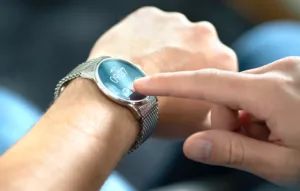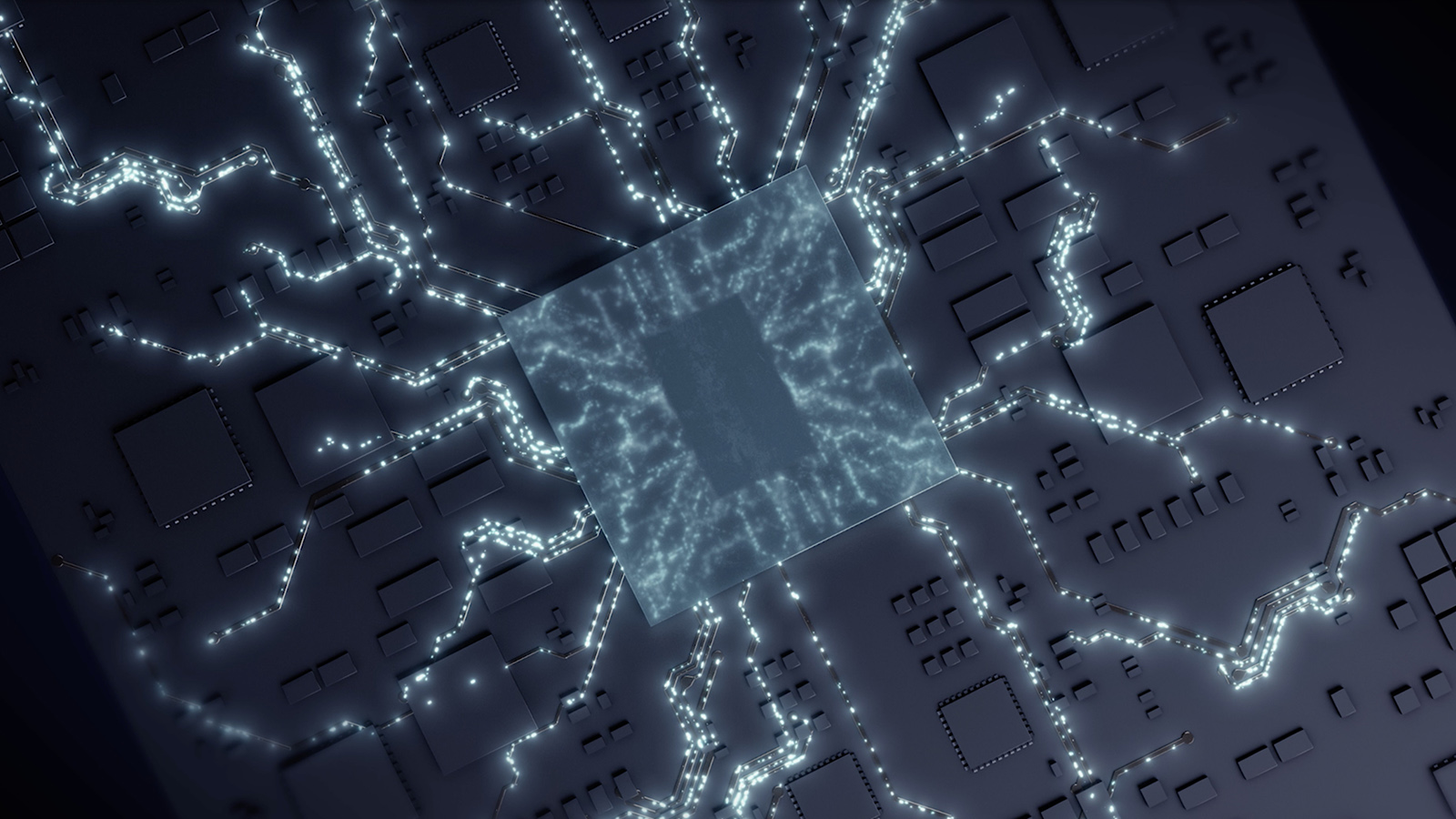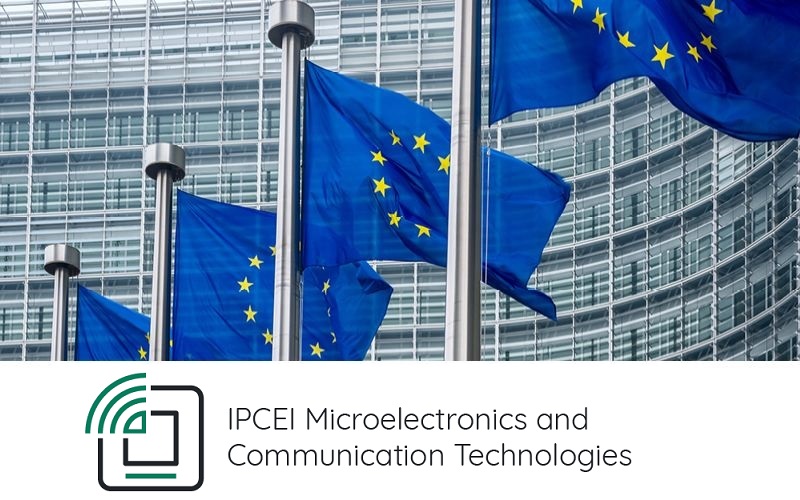Substrate-like printed circuit boards and modules
Shrinking it down
Demands on the digital devices we use in everyday life are increasing year upon year. The smartphones that we carry around with us all the time are a good example. In the early days of mobile phones, you needed a large device to make calls on the go. Today, the powerful computers in our pockets do all sorts of tasks for us. This development comes down to the remarkable miniaturisation of technology, which required more and more components to be combined and integrated into a single housing.
Modules and substrate-like printed circuit boards are the crowning glory of these efforts so far. Circuits on substrate-like printed circuit boards are significantly smaller than anything previously possible within the circuit board industry, while modules enable the dense packaging of electronic systems. Processes from the production of IC substrates have to be used to apply such tiny structures to printed circuit boards and modules. Our processes are gradually getting us closer to the nano realm of the semiconductor industry.

Product benefits at a glance
- Very small substrate-like printed circuit boards can significantly reduce system size.
- Modularisation can reduce production costs for device manufacturers.
- Modules can be integrated into systems just as easily as any other components.
- Manufacturers can reduce the time to market by creating systems out of pre-built components.
Concentrated, substrate-like printed circuit boards
If you take a modern smartphone apart, you’ll find only a single circuit board inside. It might be small, but it connects all the individual system components, like the memory, cameras, sensors and processors. Miniaturisation isn’t just about saving space; it also reduces power consumption and production costs. Mobile phones, laptops, smartwatches, electric cars and industrial robots can all profit from these advancements. In modern smartphones, they can reduce the space required for the main circuit board by around a third.
High tech from AT&S makes smartphones and other devices slimmer and enables a longer battery life
Modules open up new possibilities
Modules are electronic systems on circuit boards that have been miniaturised to the point where they can be accommodated as individual components on a larger standard circuit board. A GPS module, for instance, handles communication with satellites for navigation in modern smartphones and sports watches. This allows a wide range of functions to be covered within tiny spaces, from power electronics and wireless communication to sensors for industrial robots. Electronics manufacturers can design their systems very flexibly, quickly and cost-effectively by using these kinds of modules.



Technical details
| Product Characteristics | Specifications |
|---|---|
| Build-up Layers (subtractive/mSAP) | 4 to 16 layers |
| Build-up Layers (coreless) | 3 to 16 layers |
| Total Board Thickness | 150 or 1300 µm |
| Min. Line/Space (subtractive) | 35/35 µm |
| Min. Line/Space (MSAP) | 20/20 µm |
You may also be interested in these topics
Technological upheavals such as self-driving cars and the increasing importance of data centers are driving the demand for high-performance computer chips to unimagined heights. AT&S benefits from this development and assumes responsibility for the development of the future vision of the semiconductor industry.
As part of the "IPCEI on Microelectronics and Communication Technologies" funding project, the European Union is supporting research institutions and industrial partners in the development of technology that will enable a sustainable yet powerful data infrastructure for the continent. AT&S is involved in the project as a manufacturer of highly efficient substrates for the next generation of microchips. New research and production capacities in Leoben will play a decisive role in the modernization of the European microelectronics industry.
From ChatGPT to EU regulation of artificial intelligence: 2023 has ushered in a new phase of digitalization that will transform our society.




